Accidentals in Classical Guitar Music
In this article we’ll take a deep dive into accidentals in music. We’ll look at what they are and how they appear in the score, as well as how to play them. At the end of the article we’ll look at how this affects how you read music for classical guitar.
- What are accidentals?
- Where are accidentals located?
- What do accidentals do?
- Accidentals with ties
- Cautionary accidentals
- Weird accidentals
- Accidentals in classical guitar music
What are accidentals?
An accidental changes the pitch of a note. There are three primary accidentals we use all the time in music:
- ♯ Sharps
- ♭ Flats
- ♮ Naturals
While you see sharps and flats in key signatures all the time, an accidental is a sharp or flat that is not in the key signature. A natural sign may cancel a flat or sharp in the key signature or another accidental used in a bar. More on that below.
Where are accidentals located?
Accidentals always appear to the left of a note’s notehead. Here’s an example of the three common accidentals on a score:
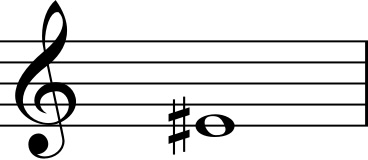
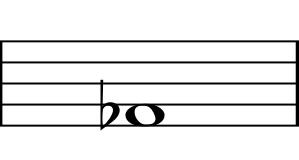
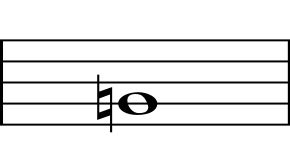
What do accidentals do?
Sharps raise the pitch one semitone or half-step. On the guitar every fret is a semitone apart from the next fret up. So, for instance, if you place your first finger on the 1st fret of the 1st string, that’s an F. To go up one semitone to F#, go up one fret to the 2nd fret of the 1st string.
Flats lower the pitch one semitone. So a B on the 4th fret of the 3rd string becomes a Bb when we play the 3rd fret of the 3rd string.
Naturals cancel an accidental, either in the key signature or a previous accidental that was added to a bar.
Ties
While an accidental typically only lasts for one bar or measure, sometimes we may tie a note that has an accidental across the barline to the next bar. In these cases the accidental is still valid for the full duration of the tie.

Cautionary accidentals
Occasionally a composer may add an accidental sign where it is technically not necessary. For instance, if an accidental only lasts for one bar, it isn’t necessary to remind the reader that it should be natural or sharp or flat in the next bar. However, sometimes composers will add one anyway. This is called a “cautionary” accidental. In the case below, the G# continues into the second bar because of the tie. However, after the tie the G becomes a natural again. The cautionary accidental (natural symbol) occurs in brackets/parentheses here. That is how cautionary accidentals most frequently appear.

Weird accidentals
Other accidentals you may see less often include:
- ♭♭ Double flat
Double sharp
Here’s what those look like on the score:
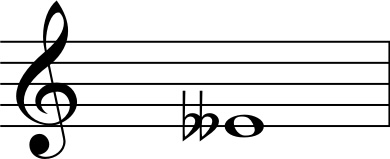
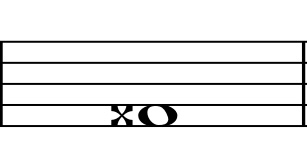
And even less often, specifically in microtonal music, you may see what are known as “quarter tones”
And here’s what those look like on the score:
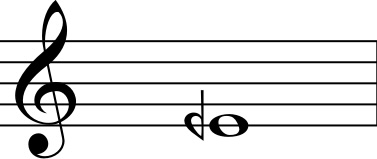
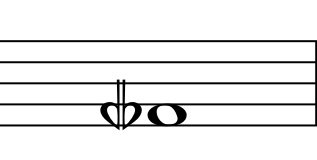
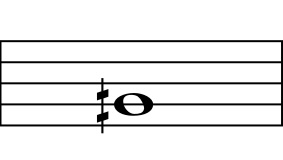
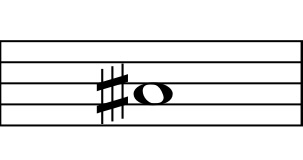
There are others in addition to these, and which accidentals are used depends on the tuning used, whether fretless instruments are involved, and so on. Learn more about quarter tone music.
As we have seen, every fret on the guitar makes up one semitone, or half step. So one easy way to read accidentals in guitar music is to take your natural note and go up one fret for a sharp or down one fret for a flat. Remember that naturals cancel an accidental, so a natural that follows a sharp will go down one fret, while a natural that follows a flat would go up one.
So let’s look at a chromatic scale in first position on the guitar, first without string numbers and fingerings. See if you can play through the scale simply by reading the notes and using the principle of frets as semitones in first position. (Go here if you need a refresher on playing in positions on classical guitar.)
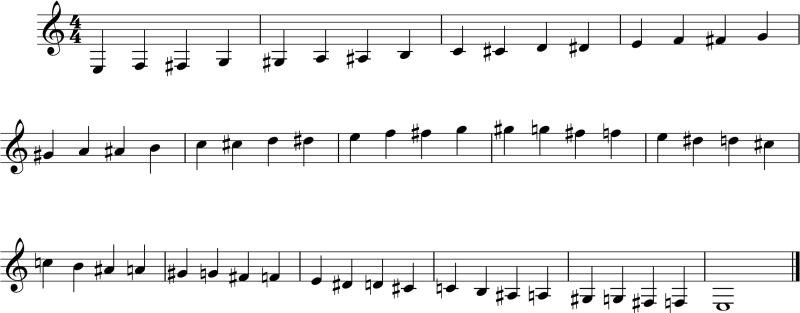
Here’s what that looks like with all of the string numbers and fingerings.
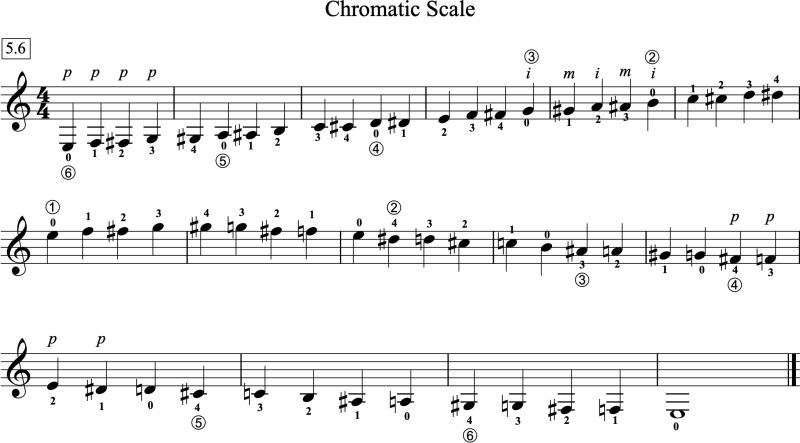
How did you do? Exercises or sections of repertoire with flats works the same way. You can always figure out a flat by moving down one fret from the natural note being flatted. And this can be a great way to work on your sight-reading on classical guitar until it becomes second nature.
***
We hope this deep dive into accidentals has been useful for you as you’re learning to read music! Check out our Free Lessons page to get tons of educational content, repertoire, theory, and more.


Leave A Comment